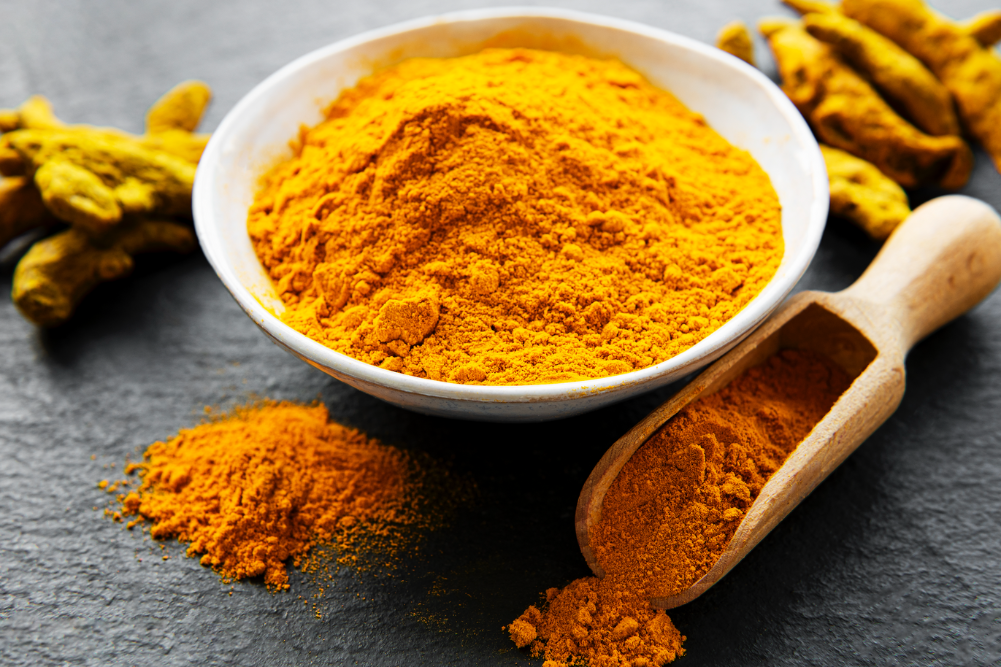Plant-based fry-up
It is possible to enjoy the comfort of a fry-up in a deliciously healthy way by turning to some fry-friendly plants.
When I say the words “fry-up”, what do you think of? Do you picture fried eggs and sausages smothered in tomato sauce? Perhaps you smell sizzling, smoky bacon that wafts through the room? Or maybe you’re in lust over the crispiness of a hot hash brown taken straight out of the oven?
Now, I’d like you to take a minute to reflect on how you usually feel after a fry-up. Do you unbutton the top half of your jeans to make room for a bloated belly? Does your stomach make bizarre gurgling noises? Does your skin feel oilier than usual? Are you tired?
While I’m all for the traditional fry-up, I usually find that I, and many of my clients, feel a little less enthused after partaking in an old-school fry-up. So, I’m letting you in on a bit of a secret — it is possible to create a healthy and delicious fry-up made of plants.
Exciting? I thought so, too!
Here’s a list of my favourite foods to include in your next fry-up: the plant-based edition.
What plants should you use?
Zucchini
Zucchinis are rich in antioxidants, fibre and nutrients. They contribute to a healthy digestive system and can help with managing blood sugar levels. They’re also relatively low in calories, so they’re an ideal addition to any weight-loss or -maintenance diet.
And now for the age-old question: are zucchinis and cucumbers basically the same thing? No, they’re not — they’re not even in the same family.
Zucchinis are in the Cucurbita family, while cucumbers are part of the Gourd family.
While there are many ways to cook zucchini, pan-frying is super efficient, taking less than 10 minutes and making them brown on the outside while retaining their tenderness on the inside.
Capsicum
Capsicum, also known as bell peppers or sweet peppers, contain antioxidants called carotenoids, which reduce inflammation and are crucial for glowing skin. Capsicum is also an excellent source of vitamin C, your immune-boosting vitamin.
Capsicums are great for a fry-up because they’re quick to cook and come in a variety of colours to add some pizazz to your plate. Include red, green and yellow capsicums to your fry-up for an extra punch of colour.
Eggplant
Eggplants are nutrient-dense and may help reduce the risk of heart disease. They’re also high in fibre and low in calories, helping to keep you fuller for longer.
Did you know eggplants are technically considered a fruit, not a vegetable, because they grow from a flowering plant and contain seeds? But let’s keep that between you and me because I want you to include them in your plant-based fry-up. Trust me, you won’t regret it.
Eggplants work excellently in a fry-up because, when sliced thinly, they crisp up perfectly into a chip-like texture, and who doesn’t love that?!
Broccoli
Broccoli, along with cauliflower, cabbage, kale and Brussels sprouts, is part of the Cruciferous vegetable family, a group of vegetables that helps increase natural detoxification enzymes and prevent liver damage. Broccoli is also rich in fibre, iron, calcium and protein, making it the perfect vegetable to include in your plant-based fry-up.
While roasted cauliflower steaks were all the rage a few years ago (seriously, what can’t cauliflower do?), broccoli steaks deserve their chance in the spotlight. The trick with broccoli is to cut it into four thick steaks then seasoning them with olive oil, lemon juice, garlic and cumin before cooking.
Broccoli loves to be a bit charred, so don’t use too much olive oil, otherwise you’ll run the risk of a soggy steak.
Tomatoes
While I’m all for reinventing the wheel, sometimes the wheel is pretty good as it is. There’s a reason that tomatoes are a typical feature in your average fry-up — they bring a fresh sweetness to the dish.
Forget goji berries, tomatoes are the real red superfood in my eyes. Tomatoes are powerfully nutritious and come in all shapes and sizes that have varied nutrient benefits — for example, cherry tomatoes are higher in beta-carotene than regular tomatoes. Tomatoes are rich in lycopene, an antioxidant that protects the eyes against light-induced damage.
When preparing for your fry-up, don’t cut up or slice your tomatoes too many times because they’ll end up disappearing in the abyss of the pan. Let’s stick to the original recipe and cut tomatoes once in half.
Mushrooms
If you’re low in vitamin D, let your mushrooms sunbathe before eating them. It may feel a bit silly at first but, like humans, putting mushrooms in direct sunlight can increase their vitamin D content.
Mushrooms are an excellent addition to any fry-up purely because of their variety. Between button, cup, flat, portabella, enoki and oyster mushrooms, it can be hard to know where to turn! For an easy fry-up, small button mushrooms are usually the shroom of choice, but I love adding exotic mushrooms for added textures and flavours.
Beans
You can’t have a fry-up without beans — you just can’t. It’s basically a sin. Beans are rich in protein and fibre, making them satiating and an excellent way to round out any fry-up.
Choose between kidney beans, pinto, black, borlotti or cannellini beans. I love making homemade baked beans with ingredients such as tomato purée, mustard, garlic, olive oil, salt, pepper and a pinch of maple syrup or honey. While homemade baked beans take less than 10 minutes to cook in a saucepan, they’re the epicentre of a fry-up, so don’t underestimate them.
There you have it, a healthy, plant-based take on the traditional English fry-up, where you can include seven plant-based ingredients all before 11am.
How to fry-up healthily?
If you are frying on the stovetop, steer clear of vegetable and canola oils, instead opting for cold-pressed extra-virgin olive oil, coconut oil, ghee or butter.








